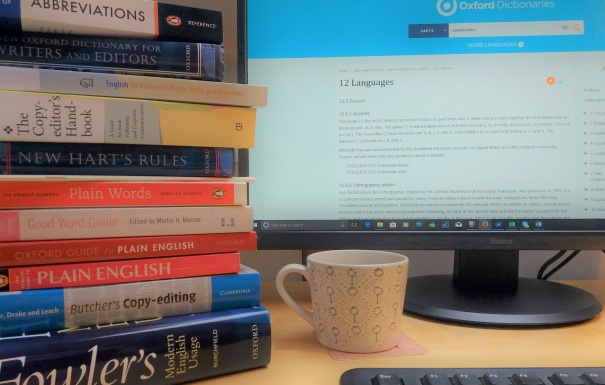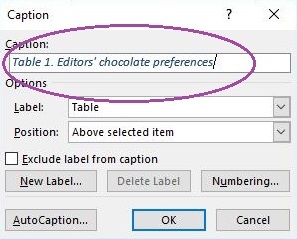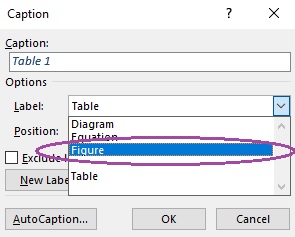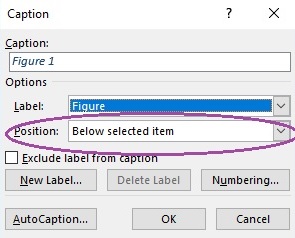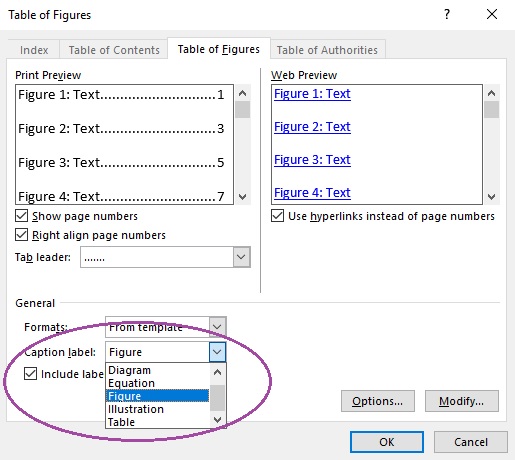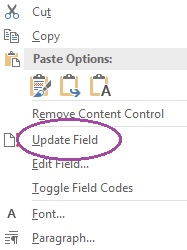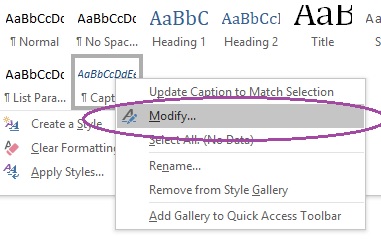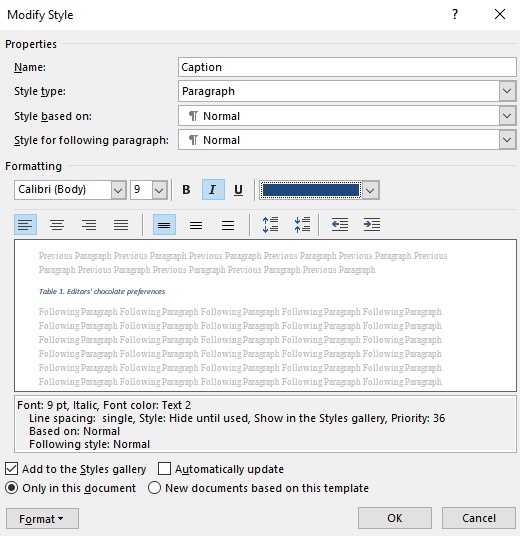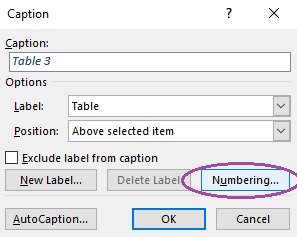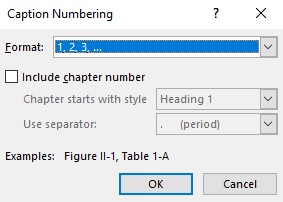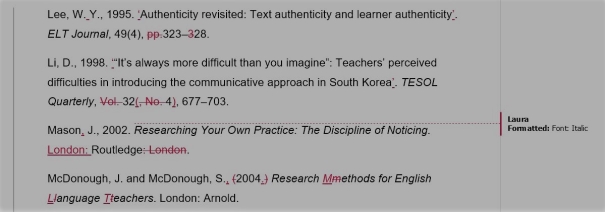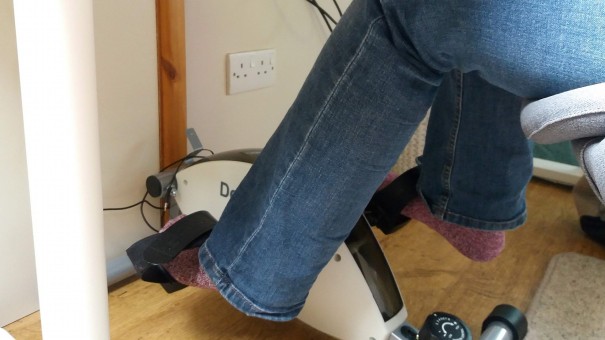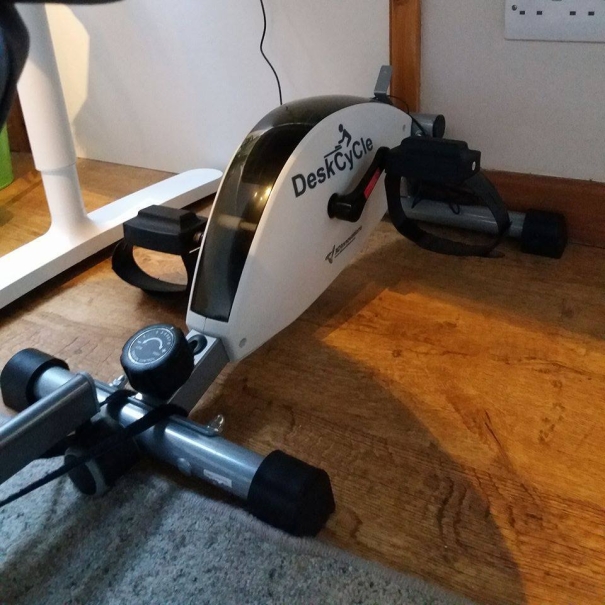
If you run a business, you probably know that customers appreciate clear communication. They want to be able to find important information quickly – for example, about products and services, how to find you or how to return an item they’ve bought. Direct, concise and jargon-free text saves them time, frustration and effort. It gives your customers a better experience of working with you.
But what are the benefits for you – and your company? How can writing in plain English help you achieve your business goals, such as making a profit or building your brand? Is communicating clearly anything more than ‘doing the right thing’?
Using plain English can help your business in three main ways:
- It saves money
- It saves time
- It builds your reputation
It saves money
– and it makes money, too.
If your marketing materials, letters and newsletters present information clearly, your customers are more likely to read them, pick up on your messages and act as you intended.
For example, an electronics company that publishes easy-to-follow instruction manuals could save on expensive replacements or repairs, because its customers don’t have to put as much effort into learning how to solve common problems. A health club with a clearly worded and designed membership form shouldn’t have to ask applicants for missing information or reprint a clearer version of the form.
Plain language can also help you widen your pool of customers. In other words, if you write marketing copy that considers people who don’t already know about your specialism, you can appeal to a bigger readership and make more sales. For example, if one company explains the benefits of an electric car in everyday language and another just lists the technical specifications, I’d be more likely to buy a car from the first company. The same goes for me when I’m promoting my services as an editor: if I explain clearly how a copy-edit can help, without assuming the person I’m writing to is familiar with terms used in the publishing industry, I can market the service to more people.
Clarity in internal documents can save you money too. Clear job descriptions, for example, will help make sure you interview the right people, so you don’t have to go through the whole recruitment process again. Your employees are more likely to follow policies and procedures that are quick to read and expressed clearly, without meaningless buzzwords. If training updates for employees give clear instructions, costly mistakes are less likely to happen.
And, it can save on legal costs. As language expert Karin Cather explains, ‘plain language removes ambiguity in contracts, which reduces the potential for litigation’. The same goes for terms and conditions, agreements and other documents that set out legal responsibilities.
It saves time
– and saving time saves money.
Using plain language saves your customers time, which is great for them. But it helps your company do things quicker too. When your website, adverts, brochures and emails provide information in a straightforward way, you won’t have to waste time explaining it again. You shouldn’t have to spend as long answering questions or sorting out misunderstandings, either. If you’re an insurance company and your policies set out clearly what is and isn’t covered, you won’t have to answer as many phone calls and emails from policyholders who aren’t sure if they can claim.
In your organisation, if you have clear policies, strategies and procedure documents, your employees and other people you work with are more likely to read them. That means you can implement them more quickly, making the business more efficient. And if your business plans are clear to begin with, you’ll be able to measure your progress more easily – because what you plan to achieve should be concrete and precise.
It’s the same when you’re communicating with partners and suppliers, from an email updating an order to sending out a new contract. Communicating with them clearly should cut down on time following things up or explaining processes.
It builds your reputation
This is one of the biggest benefits for businesses, especially in the long term. Communicating in plain English – with everyone you work with – can help you get the most out of your marketing plan. This isn’t just about persuading people to buy from you by using clear language in sales and advertising materials, although that can help too! It’s also about strengthening your brand by writing to people – customers, employees and partners – in a human, direct and open way. People want to buy from, work with and work for companies that have a good reputation. And communicating in plain language can build your reputation by giving people a great experience of dealing with you.
- Clear language builds your reputation as an organisation that puts people first.
- It presents your business as honest. According to the Nielsen Norman Group, ‘Organizations with clear writing styles are perceived to possess greater transparency and credibility than companies that don’t’.
- It gets your messages across more effectively, so readers know instantly what your business and your brand stand for.
- It encourages loyalty to your brand. When people feel that you’ve considered them, they’re more likely to give good feedback and recommend you to friends and family.
All this helps you attract new customers while keeping the ones you already have.
Of course, you need to do more than communicate in plain English to find yourself inundated with happy customers who can’t stay away. Clear information about how soon you’ll get back to people about their queries means nothing if you don’t stick to your timescales, for example. And straightforward instructions are only any good if people actually buy your product. But using plain language can go a long way to help. It’s not just a box you have to tick to show you’re being a responsible company – there are plenty of financial benefits for your business, too.

 In a recent conversation with an academic author, she told me that she’d like to write more concisely.
In a recent conversation with an academic author, she told me that she’d like to write more concisely. If you’re studying for a doctoral qualification, you might be planning to have your thesis professionally proofread before you submit it to the examiners.
If you’re studying for a doctoral qualification, you might be planning to have your thesis professionally proofread before you submit it to the examiners. Mark Lawrence is a language teacher and assistant director of studies with fifteen years of experience in several countries on a range of programmes. He has taught in the UK in three different tertiary establishments in the past decade, predominantly on English for Specific Academic Purposes (ESAP) courses. He is part of the English Language Teaching Centre at the University of Sheffield, where he teaches in-sessional courses for mechanical engineers.
Mark Lawrence is a language teacher and assistant director of studies with fifteen years of experience in several countries on a range of programmes. He has taught in the UK in three different tertiary establishments in the past decade, predominantly on English for Specific Academic Purposes (ESAP) courses. He is part of the English Language Teaching Centre at the University of Sheffield, where he teaches in-sessional courses for mechanical engineers.
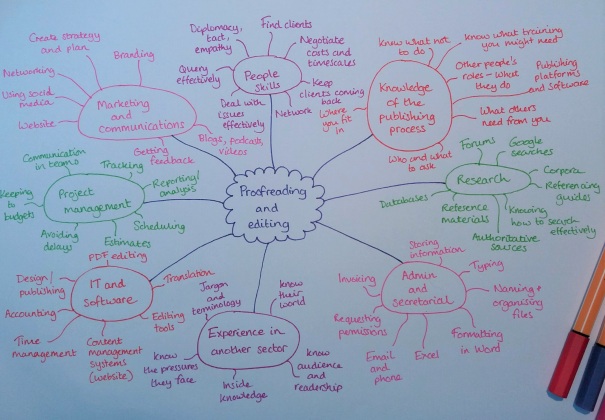 When writing my
When writing my 